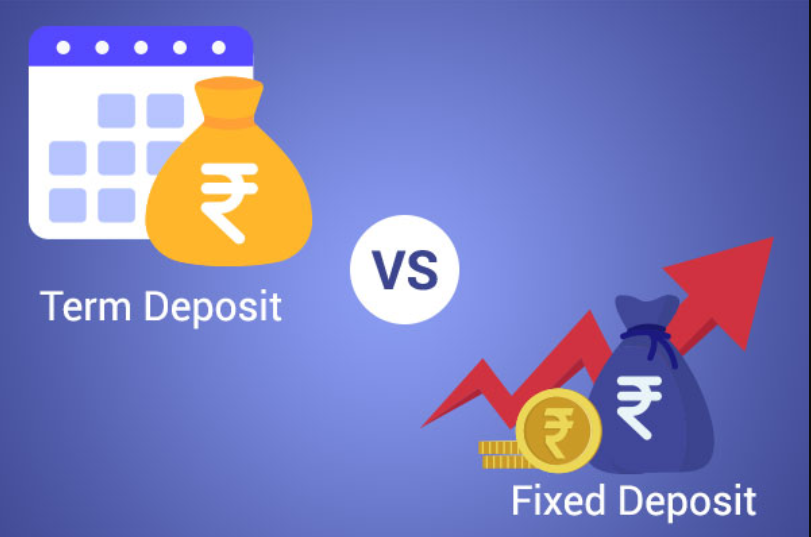Achieving your financial goals in life is essential. Whether you want to fund your kid’s higher studies, enjoy a comfortable retirement, or go on a much-awaited vacation, smart financial planning is necessary. This is where Fixed Deposits can play a role. They are secure, offer stability, and ensure assured returns.
When selecting between short-and long-term fixed deposits, it is imperative that you understand their key differences. Therefore, let us gain more knowledge.
What is a Short-Term FD?
Short-Term Fixed Deposits (FDs) offer investors convenient investments that mature within seven to 91 days, giving your money time to grow while waiting. Simply open one and invest a sum. These FDs are usually ideal for short-term goals like buying a new vehicle.The various benefits of such FDs include:
- Theyoffer quick access to funds. Hence, if you need liquidity in the short term, you can easily use a Banking app to open a Short-Term FD.
- Once this FD matures, you can consider the changing financial condition before reinvesting the funds or making any necessary adjustments.
- They usually offer different FD interest ratesfor different tenures. Hence, you could consider the available tenures and pick one based on your financial goals.
What is a Long-Term FD?
Long-Term Fixed Deposits have maturation periods between 12 months and 10 years, suitable for people looking for long-term investment options that entail locking away funds for an extended period of time. Such an FD suits individuals seeking long-term capital security. A few of the key benefits of investing in a Long-Term FD include:
- These FDs are suitable for your long-term goals like planning for your retirement or purchasing a home.
- They usually offer a higher interest rate than Short-Term FDs. This could boost the overall returns on your investment.
How to choose?
Before choosing between a Short- and Long-Term FD and opening an FD online, consider these crucial factors:
- Interest rate outlook
When picking between the two FDs, consider the prevailing FD interest rates. You also need to understand the economic outlook. If rates are expected to fall, choosing a Long-Term FD might be beneficial. Meanwhile, if the rates are high, short-term reinvestment opportunities could be helpful.
- Your economic goals
When opening a Fixed Deposit Account, its tenure should reflect your financial goals. For long-term goals like buying your dream home or funding your child’s higher education costs, Long-Term FDs could be appropriate, while for shorter goals it would make more sense to opt for Short-Term FDs.
Conclusion
Now that you understand the difference between Long- and Short-Term FDs, you can quickly assess your requirements and choose one to meet them. In case of doubts or any inquiries about any specific accounts, financial advisors are readily available as sources of guidance and can advise accordingly.
